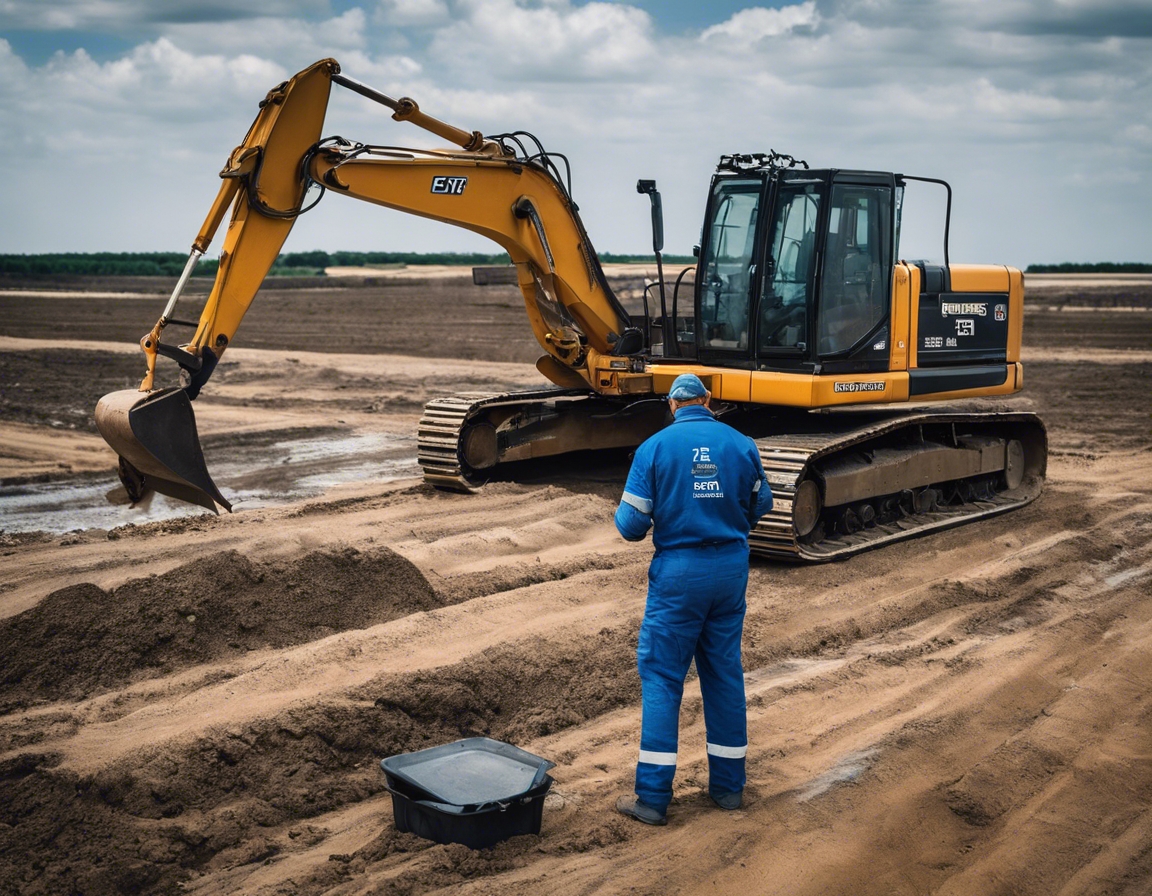The ultimate guide to john deere tractor maintenance
Maintaining your John Deere tractor is crucial for ensuring safety, efficiency, and reliability in your operations. Whether you're in construction, agriculture, or any industry that relies on heavy lifting equipment, proper maintenance minimizes downtime and extends the life of your machinery.
Understanding Your John Deere Tractor
Each John Deere tractor model comes with specific maintenance requirements. Familiarize yourself with your tractor's operator's manual, which provides detailed information on service intervals, part specifications, and maintenance procedures.
Regular maintenance is not just about preventing breakdowns; it's about optimizing performance and preserving the value of your tractor. A well-maintained tractor can handle tasks more efficiently and save you money in the long run.
Preventive Maintenance Schedule
Every day, before starting your tractor, check the engine oil level, coolant level, hydraulic fluid level, and tire pressure. Inspect for any visible damage or leaks and ensure that all lights and signals are functioning properly.
Weekly checks should include inspecting the air filter, greasing necessary components, and checking the battery's charge and connections. It's also a good time to look over the belts and hoses for any signs of wear or damage.
On a monthly basis, you should change the engine oil and filter, service the air cleaner, and inspect the fuel system. Check the brakes and clutch adjustments, and make sure the radiator and cooling system are clean and functioning well.
As seasons change, so do the maintenance needs of your tractor. For instance, winterizing your tractor is essential to protect it from cold weather damage, while preparing it for spring involves checking the air conditioning system and preparing for planting or construction season.
Once a year, take your tractor for a comprehensive check-up that includes a full inspection, fluid and filter changes, and any necessary repairs or adjustments. This is also a good time to review and update your maintenance records.
Engine Maintenance
Regular oil and filter changes are vital for the health of your tractor's engine. Use the recommended oil type and change intervals specified in your operator's manual.
Keep the fuel system clean by regularly draining water and sediment from the fuel tank. Replace fuel filters as recommended to prevent contaminants from damaging the engine.
Check the coolant level and concentration before the start of each day. Inspect the radiator for debris and clean it as needed to ensure proper cooling.
A clean air filter is essential for engine performance. Check the filter regularly and replace it when it's dirty or as per the service interval.
Hydraulic System Maintenance
Hydraulic fluid is the lifeblood of your tractor's hydraulic system. Check the fluid level regularly and change it according to the schedule in your operator's manual.
Inspect hydraulic hoses and fittings for signs of wear, leaks, or damage. Replace any compromised parts immediately to prevent system failures.
Keep hydraulic cylinders clean and check for leaks or damage. Ensure that the seals and rods are in good condition and replace them if necessary.
Transmission and Drive Train Maintenance
Like the engine, the transmission requires regular fluid and filter changes. Follow the manufacturer's recommendations for type and change intervals.
Inspect the drive train components, including the gearbox, axles, and differentials, for signs of wear or damage. Keep them lubricated and make any necessary repairs.
Tire and Wheel Maintenance
Proper tire pressure is essential for the safe and efficient operation of your tractor. Check the pressure regularly and inspect tires for cuts, bulges, or excessive wear.
Wheel bearings should be lubricated regularly to prevent failure. Follow the lubrication schedule in your operator's manual.
Electrical System Maintenance
A well-maintained battery ensures your tractor starts when you need it to. Keep the battery clean and check the connections for corrosion or looseness.
Regularly inspect the lighting and electrical wiring for damage or wear. Replace any faulty bulbs, fuses, or wires to prevent electrical issues.
Implement and Attachment Care
Check the connection points for implements and attachments for wear or damage. Keep these areas clean and well-lubricated to ensure smooth operation.
The Power Take-Off (PTO) shaft should be inspected regularly for wear and lubricated as needed. Maintain your implements according to their specific maintenance guidelines.
Troubleshooting Common Issues
Learn to identify common tractor issues, such as unusual noises, vibrations, or performance drops. Knowing what symptoms to look for can help you address problems before they escalate.
While many maintenance tasks can be performed in-house, some issues require professional assistance. Don't hesitate to contact a certified technician for complex repairs or when in doubt.
Maintenance Records and Documentation
Maintaining accurate service logs helps you keep track of maintenance tasks and can be invaluable for warranty claims or when selling your tractor.
Be aware of your tractor's warranty and any service plans offered by the manufacturer or dealer. These can provide additional support and savings on maintenance costs.





Kommentaarid (0)